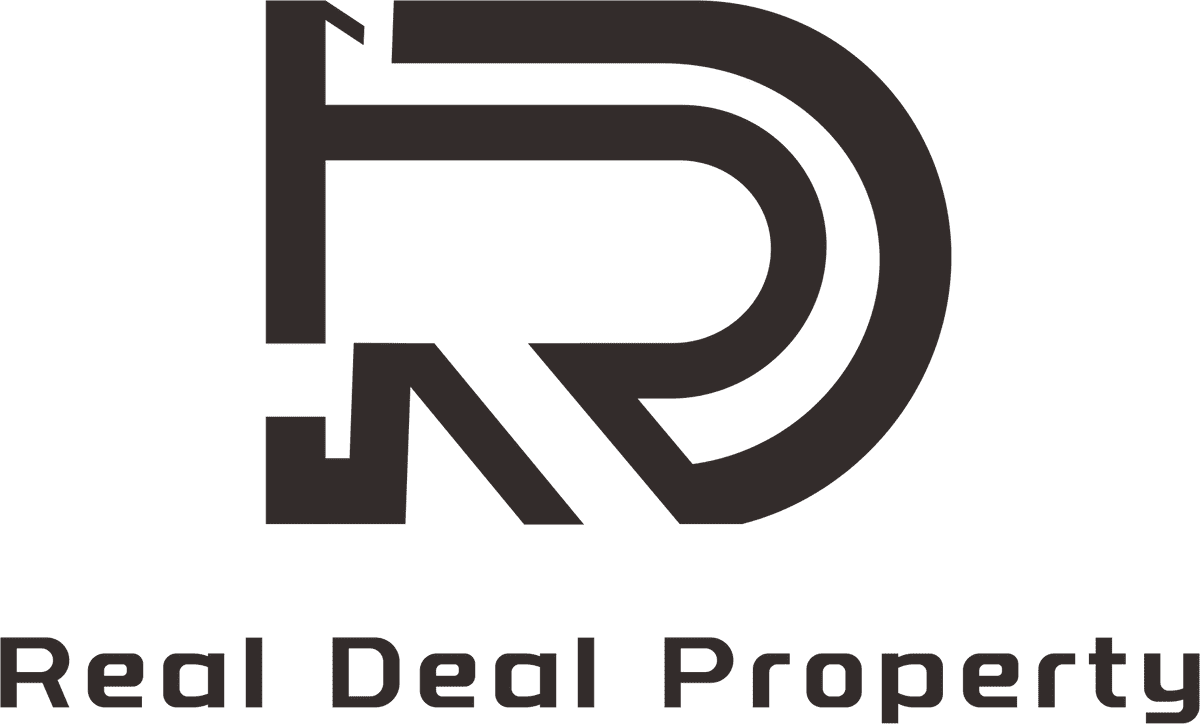Are you considering investing in real estate and wondering how to calculate the potential cap rate for a property? In this article, we’ll go over the basics of calculating the cap rate for a property so you can make informed investment decisions.
What is Cap Rate?
Cap rate, or capitalization rate, is a measure of the financial performance of an investment in real estate. It is calculated by dividing the net operating income (NOI) of a property by the property’s value or market price. The result is expressed as a percentage, which represents the rate of return on the investment.
How to Calculate the Cap Rate for a Property
Calculating the cap rate for a property is relatively straightforward. Here’s the formula:
Cap rate = (NOI / Property value) x 100
NOI is calculated by subtracting all operating expenses, such as property taxes, insurance, and maintenance costs, from the gross income of the property. Property value refers to the market value or price of the property.
For example, let’s say you are considering buying a rental property for $200,000 and the gross rental income is $24,000 per year. The property taxes are $2,000 per year, the insurance is $1,000 per year, and the maintenance costs are $1,000 per year. The NOI for the property would be:
NOI = Gross rental income – Operating expenses = $24,000 – $2,000 – $1,000 – $1,000 = $20,000
Using the formula above, we can calculate the cap rate for the property:
Cap rate = ($20,000 / $200,000) x 100 = 10%
Factors That Affect the Cap Rate for a Property
There are several factors that can affect the cap rate for a property, including:
- Income: The higher the gross income, the higher the NOI and the higher the cap rate.
- Operating expenses: Lower operating expenses can increase the NOI and the cap rate.
- Property value: The higher the property value, the lower the cap rate.
- Location: Properties in areas with high demand, such as popular vacation destinations or areas with strong job markets, tend to have higher values and lower cap rates.
Tips for Maximizing the Cap Rate for a Property
Here are a few tips for maximizing the cap rate for a property:
- Invest in properties with high income potential: Look for properties that have the potential to generate a high gross income, such as those in high-demand areas or those with unique features that make them attractive to tenants.
- Keep operating expenses low: Properly maintaining and managing your property can help reduce operating expenses and increase the NOI and cap rate.
- Consider the location: As mentioned above, properties in areas with high demand tend to have higher values and lower cap rates. However, properties in areas with lower demand may have lower values and higher cap rates.
- Research the market: It’s important to research the market to understand the values of similar properties in the area and how they compare to the property you are considering. This can help you determine a fair price for the property and maximize the cap rate.
Conclusion
Calculating the cap rate for a property is an important step in evaluating the potential financial performance of a real estate investment. By using the formula outlined above and considering factors such as income, operating expenses, property value, and location, you can make informed decisions about your investments and maximize the cap rate.

